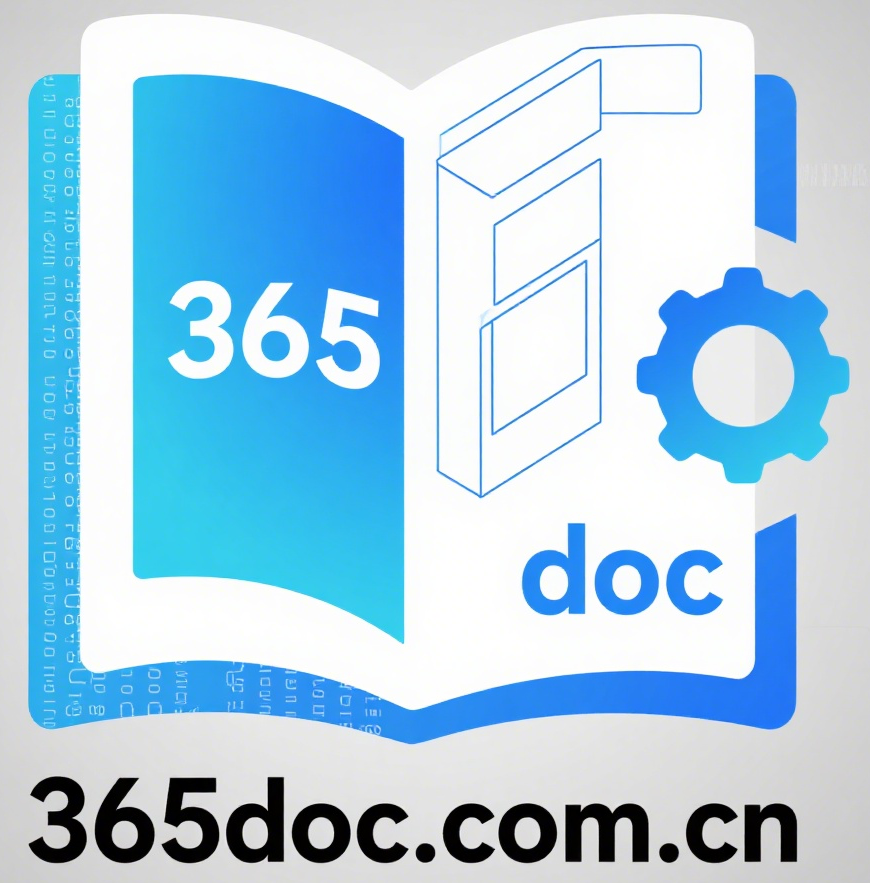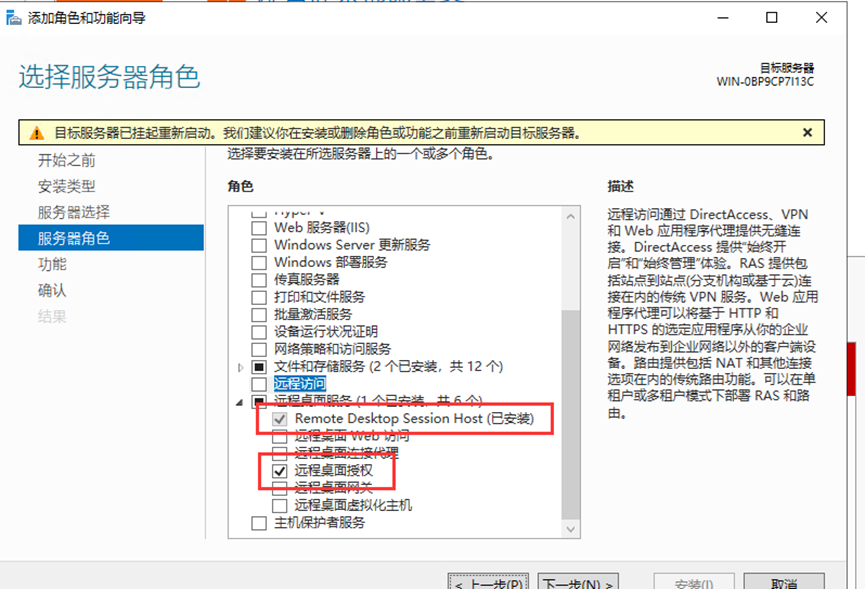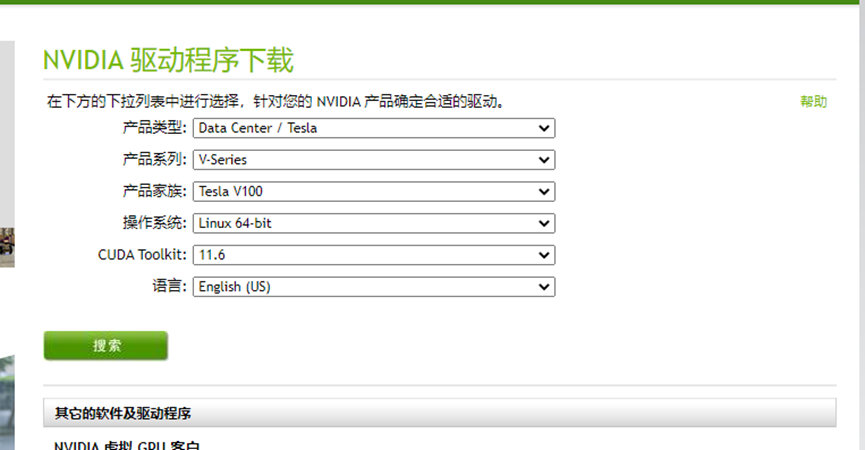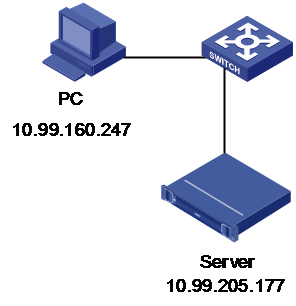【CompletableFuture 终极指南】从原理到生产实践
- 系统运维
- 2025-07-18
- 213热度
- 0评论
引言:异步编程的演进之路
在当今高并发、分布式系统盛行的时代,异步编程已成为现代Java开发的必备技能。Java 8引入的CompletableFuture不仅解决了传统Future的阻塞问题,更提供了强大的任务组合能力,让我们能够以声明式的方式构建复杂的异步流程。
本文将深入剖析CompletableFuture的核心机制,并通过丰富的代码示例展示其实际应用场景,最后分享生产环境中的最佳实践。
一、CompletableFuture 核心原理
1.1 状态机设计
stateDiagram-v2
[*] --> Incomplete
Incomplete --> Completed: complete()
Incomplete --> Cancelled: cancel()
Incomplete --> Exceptionally: completeExceptionally()
[*] --> Incomplete
Incomplete --> Completed: complete()
Incomplete --> Cancelled: cancel()
Incomplete --> Exceptionally: completeExceptionally()
CompletableFuture 内部维护一个状态机,包含三种终态:
- Completed:任务成功完成并包含结果
- Cancelled:任务被显式取消
- Exceptionally:任务执行过程中抛出异常
1.2 依赖链存储机制
当多个操作链式组合时,CompletableFuture 使用栈结构存储依赖关系:
future.thenApply(func1)
.thenApply(func2)
.thenAccept(consumer);
执行流程:
- 原始任务完成时触发栈顶操作
- 每个操作执行后生成新阶段
- 新阶段完成后触发下一依赖
- 异常沿调用链传播直到被捕获
二、核心操作全解
2.1 任务创建
无返回值任务:
CompletableFuture<Void> future = CompletableFuture.runAsync(() -> {
System.out.println("后台任务执行中...");
// 模拟耗时操作
Thread.sleep(1000);
});
有返回值任务:
CompletableFuture<String> dataFuture = CompletableFuture.supplyAsync(() -> {
return fetchDataFromRemote(); // 返回数据
});
2.2 结果转换
同步转换 (thenApply):
dataFuture.thenApply(rawData -> {
// 在当前线程立即执行转换
return parseData(rawData);
});
异步转换 (thenApplyAsync):
CompletableFuture<Report> reportFuture = dataFuture.thenApplyAsync(rawData -> {
// 在独立线程执行耗时转换
return generateReport(rawData);
}, reportThreadPool);
2.3 任务组合
链式组合 (thenCompose):
CompletableFuture<User> userFuture = getUserProfile()
.thenCompose(profile -> getCreditScore(profile.getId()));
并行组合 (thenCombine):
CompletableFuture<Double> exchangeRate = getExchangeRate();
CompletableFuture<Double> productPrice = getProductPrice();
CompletableFuture<Double> localPrice = productPrice.thenCombine(exchangeRate,
(price, rate) -> price * rate
);
2.4 多任务协调
全完成 (allOf):
CompletableFuture<Void> allFutures = CompletableFuture.allOf(
loadInventory(),
loadPromotions(),
loadUserPreferences()
);
allFutures.thenRun(() -> {
// 所有任务完成后执行
renderDashboard();
});
首完成 (anyOf):
CompletableFuture<Object> firstResponse = CompletableFuture.anyOf(
queryPrimaryService(),
queryFallbackService()
);
firstResponse.thenAccept(response -> {
handleResponse(response);
});
2.5 异常处理
异常恢复 (exceptionally):
CompletableFuture<Integer> safeFuture = riskyOperation()
.exceptionally(ex -> {
log.error("操作失败,使用默认值", ex);
return DEFAULT_VALUE;
});
双结果处理 (handle):
apiCall()
.handle((result, ex) -> {
if (ex != null) {
return "Fallback Data";
}
return result.toUpperCase();
});
三、深度解析 thenApplyAsync
3.1 监控异步转换完成
阻塞等待(测试场景适用):
CompletableFuture<String> transformed = dataFuture
.thenApplyAsync(this::heavyTransformation);
String result = transformed.get(5, TimeUnit.SECONDS);
回调通知(生产推荐):
transformed.whenComplete((result, ex) -> {
if (ex != null) {
alertService.notify("转换失败", ex);
} else {
saveResult(result);
}
});
3.2 耗时转换监控技巧
进度追踪:
CompletableFuture<Report> reportFuture = dataFuture.thenApplyAsync(raw -> {
monitor.startTimer("report_generation");
Report report = new Report();
report.addSection(processSection1(raw)); // 25%
report.addSection(processSection2(raw)); // 50%
report.addSection(processSection3(raw)); // 75%
report.finalize(); // 100%
monitor.stopTimer("report_generation");
return report;
});
超时控制:
reportFuture
.orTimeout(30, TimeUnit.SECONDS)
.exceptionally(ex -> {
if (ex.getCause() instanceof TimeoutException) {
return generateTimeoutReport();
}
throw new CompletionException(ex);
});
四、生产环境最佳实践
4.1 线程池策略
// CPU密集型任务
ExecutorService cpuBoundPool = Executors.newWorkStealingPool();
// IO密集型任务
ExecutorService ioBoundPool = new ThreadPoolExecutor(
50, // 核心线程数
200, // 最大线程数
60, TimeUnit.SECONDS, // 空闲超时
new LinkedBlockingQueue<>(1000), // 任务队列
new ThreadFactoryBuilder().setNameFormat("io-pool-%d").build()
);
// 使用示例
CompletableFuture.supplyAsync(() -> queryDB(), ioBoundPool)
.thenApplyAsync(data -> process(data), cpuBoundPool);
4.2 避免阻塞陷阱
错误示例:
// 在通用线程池执行阻塞操作
.thenApplyAsync(data -> {
return blockingDBCall(data); // 可能导致线程饥饿
});
正确做法:
// 专用阻塞操作线程池
ExecutorService blockingPool = Executors.newFixedThreadPool(100);
.thenApplyAsync(data -> blockingDBCall(data), blockingPool);
4.3 上下文传递模式
class RequestContext {
String requestId;
User user;
}
CompletableFuture<Response> future = CompletableFuture.supplyAsync(() -> {
RequestContext ctx = ContextHolder.get();
return processRequest(ctx);
}, contextAwarePool)
.thenApplyAsync(result -> {
RequestContext ctx = ContextHolder.get();
return enrichResult(result, ctx.user);
}, contextAwarePool);
4.4 资源清理策略
try (ExecutorService pool = Executors.newVirtualThreadPerTaskExecutor()) {
CompletableFuture.runAsync(() -> {
// 使用资源
DatabaseConnection conn = acquireConnection();
try {
// 业务操作
} finally {
conn.close(); // 确保资源释放
}
}, pool);
} // 自动关闭线程池
五、典型应用场景
5.1 微服务聚合
CompletableFuture<UserProfile> profileFuture = getUserProfile();
CompletableFuture<List<Order>> ordersFuture = getOrders();
CompletableFuture<Recommendations> recsFuture = getRecommendations();
CompletableFuture<UserDashboard> dashboardFuture = profileFuture
.thenCombine(ordersFuture, (profile, orders) -> new UserData(profile, orders))
.thenCombine(recsFuture, (data, recs) -> new UserDashboard(data, recs));
dashboardFuture.thenAccept(dashboard -> {
cacheService.cache(dashboard);
uiService.render(dashboard);
});
5.2 批量流水线处理
List<CompletableFuture<Result>> processingPipeline = inputData.stream()
.map(data -> CompletableFuture.supplyAsync(() -> stage1(data), stage1Pool)
.map(future -> future.thenApplyAsync(stage2::process, stage2Pool))
.map(future -> future.thenApplyAsync(stage3::process, stage3Pool))
.collect(Collectors.toList());
CompletableFuture.allOf(processingPipeline.toArray(new CompletableFuture[0]))
.thenRun(() -> {
List<Result> results = processingPipeline.stream()
.map(CompletableFuture::join)
.collect(Collectors.toList());
saveBatch(results);
});
5.3 超时熔断机制
CompletableFuture<String> serviceCall = externalService()
.completeOnTimeout("TIMEOUT", 500, TimeUnit.MILLISECONDS)
.exceptionally(ex -> {
circuitBreaker.recordFailure();
return "FALLBACK";
});
// 响应式重试
serviceCall.handle((result, ex) -> {
if ("TIMEOUT".equals(result)) {
return retryService.retry();
}
return CompletableFuture.completedFuture(result);
})
.thenCompose(Function.identity());
六、性能优化技巧
6.1 异步边界控制
// 合并多个IO操作
CompletableFuture<List<Data>> batchFuture = CompletableFuture.supplyAsync(() -> {
List<Data> batch = new ArrayList<>();
for (int i = 0; i < BATCH_SIZE; i++) {
batch.add(fetchItem()); // 批量获取
}
return batch;
}, ioPool);
6.2 对象复用
ThreadLocal<JsonParser> parserCache = ThreadLocal.withInitial(() -> {
JsonFactory factory = new JsonFactory();
return factory.createParser();
});
dataFuture.thenApplyAsync(raw -> {
JsonParser parser = parserCache.get();
return parser.parse(raw); // 复用线程局部对象
}, cpuBoundPool);
6.3 背压处理
Semaphore rateLimiter = new Semaphore(100); // 最大并发100
CompletableFuture<Result> processWithBackpressure(Input input) {
return CompletableFuture.supplyAsync(() -> {
rateLimiter.acquireUninterruptibly();
try {
return process(input);
} finally {
rateLimiter.release();
}
}, processingPool);
}
七、调试与监控
7.1 追踪日志
CompletableFuture<Result> tracedFuture = inputFuture
.thenApplyAsync(data -> {
MDC.put("requestId", requestId);
logger.debug("开始处理数据");
Result result = process(data);
logger.debug("处理完成");
return result;
});
7.2 可视化依赖链
graph TD
A[获取用户数据] --> B[解析数据]
B --> C[生成报告]
C --> D[发送通知]
A --> E[获取历史记录]
E --> C
style C fill:#f96,stroke:#333
A[获取用户数据] --> B[解析数据]
B --> C[生成报告]
C --> D[发送通知]
A --> E[获取历史记录]
E --> C
style C fill:#f96,stroke:#333
7.3 监控指标
public class CompletionMetrics {
private LongAdder successCount = new LongAdder();
private LongAdder failureCount = new LongAdder();
private Histogram latencyHistogram = new Histogram();
public <T> CompletableFuture<T> monitor(CompletableFuture<T> future) {
long start = System.nanoTime();
return future.whenComplete((result, ex) -> {
long duration = System.nanoTime() - start;
latencyHistogram.record(duration);
if (ex != null) {
failureCount.increment();
} else {
successCount.increment();
}
});
}
}
结论:何时选择 CompletableFuture
| 场景 | 推荐方案 |
|---|---|
| 简单独立任务 | ExecutorService + Future |
| 复杂异步流水线 | CompletableFuture |
| 高并发响应式系统 | Project Reactor/RxJava |
| CPU密集型并行计算 | Parallel Streams |
核心优势总结:
- 声明式任务组合:通过链式调用优雅组合异步任务
- 非阻塞模型:最大化线程资源利用率
- 灵活异常处理:提供多种异常恢复机制
- 丰富API支持:满足各类异步编程需求
- Java生态集成:完美兼容Stream、Optional等特性
最佳实践建议:在微服务架构中,将CompletableFuture与Spring WebFlux或Reactive框架结合使用,可构建高性能响应式系统。同时,始终为耗时操作指定专用线程池,避免资源竞争。随着Java 21虚拟线程的成熟,CompletableFuture将与轻量级线程更好结合,继续在异步编程领域发挥重要作用。





